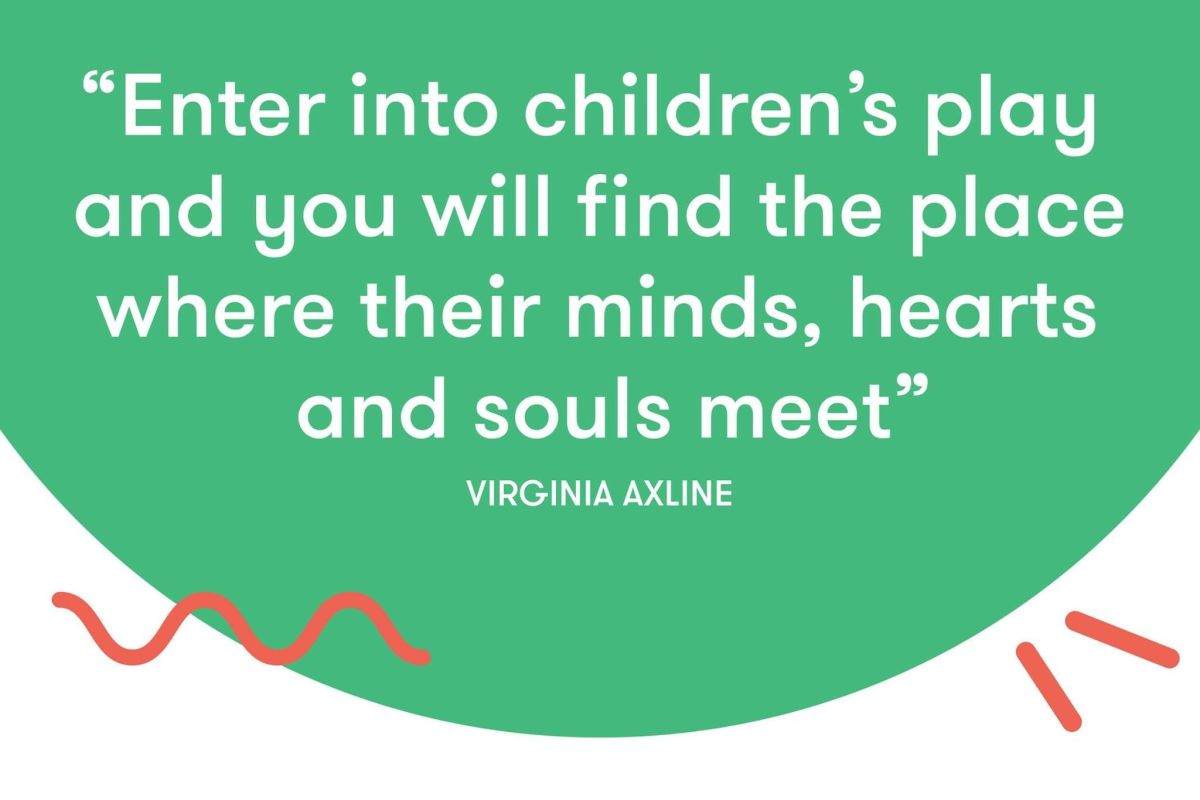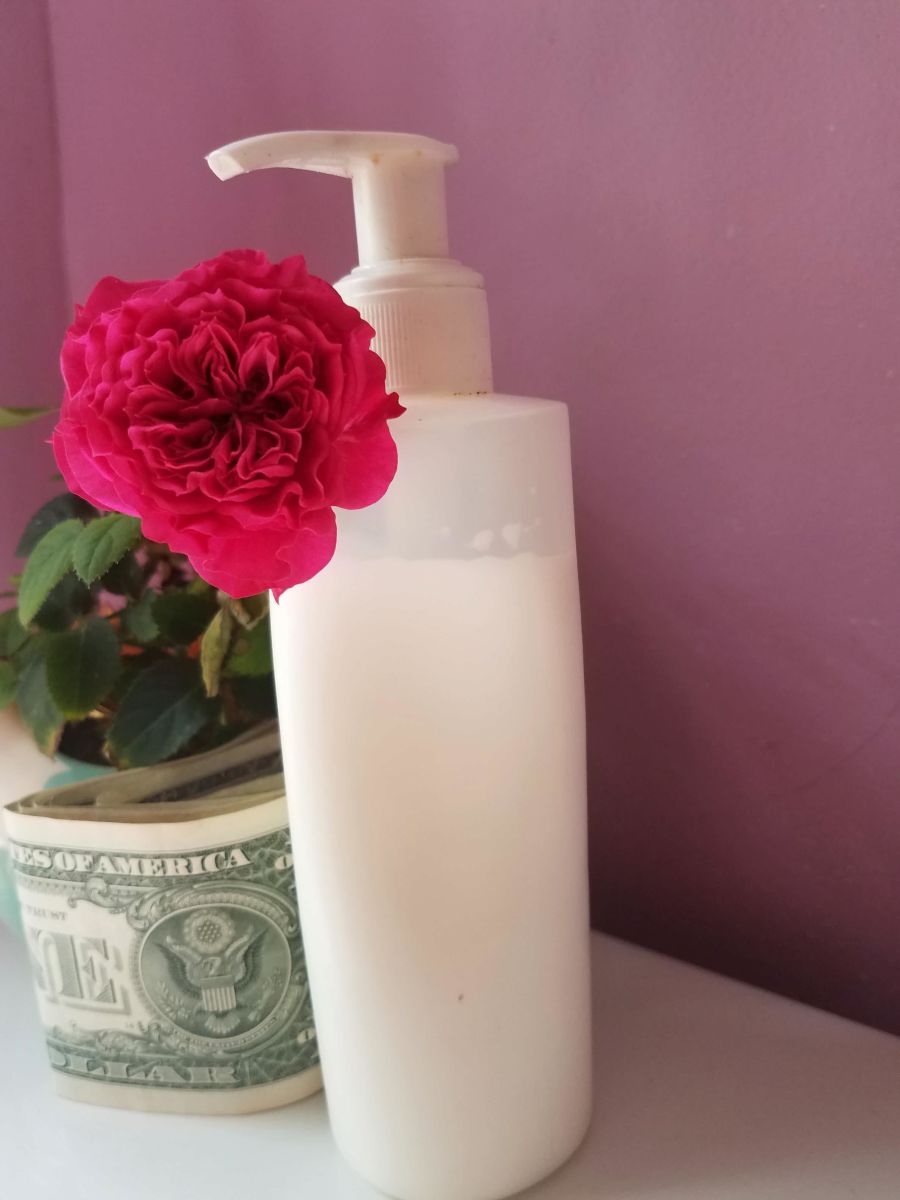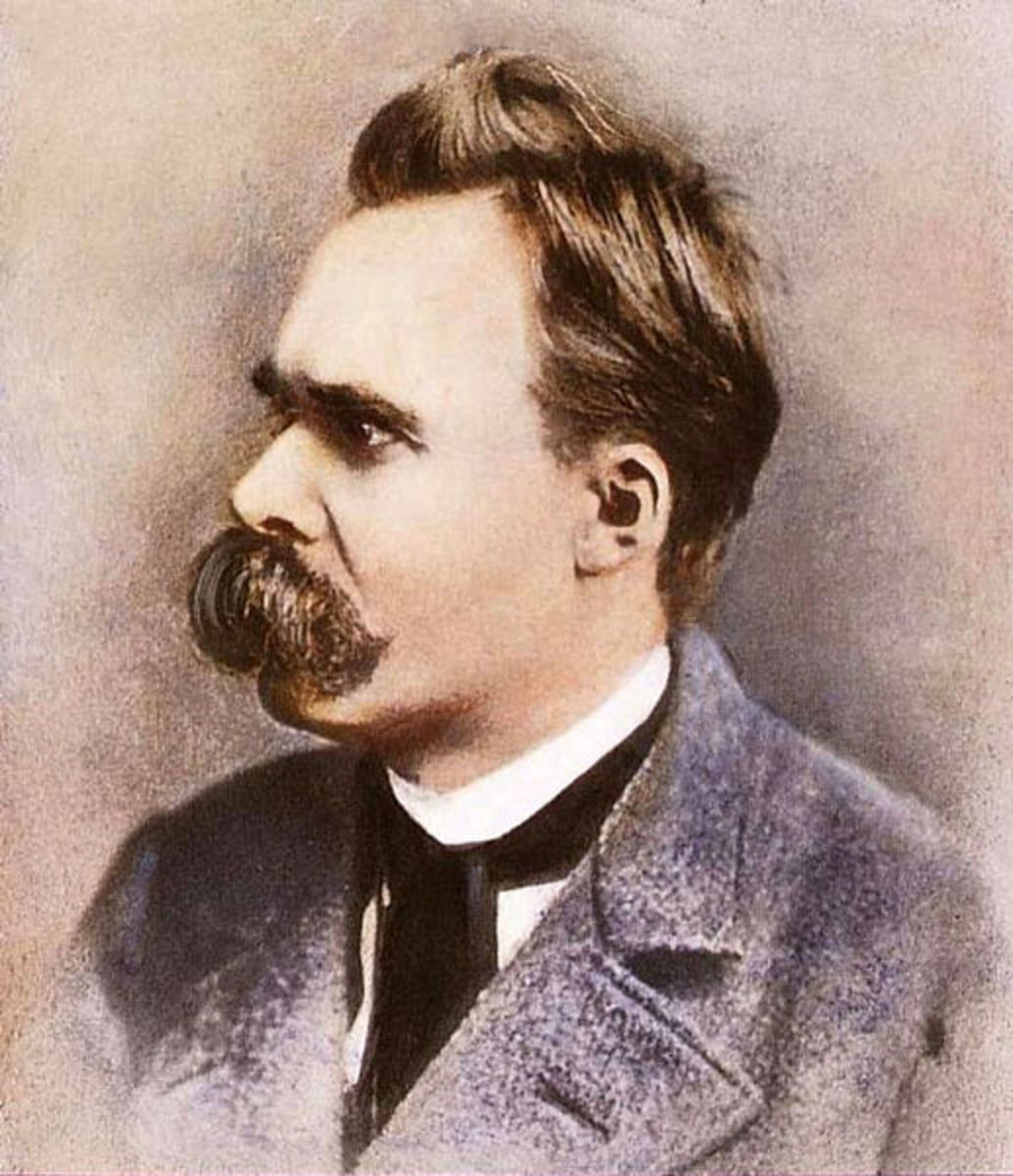Therapy Qualities Understood as a Culinary Experience
A Food Analogy
For therapists to get a grip on the desired characteristics and qualities as well as the importance of self-awareness, consider an analogy with a uniquely South African flavour - if you will forgive me the pun in a moment - so to define strengths and weaknesses within the cognitive, emotional and relational domains that a therapist has to face when establishing meaningful relationships with their clients.
South African Flavour
...there’s a special way to go about it so to ensure the ghosts of flavours past are properly ‘preserved’ inside.
Potjiekos. A delicious and traditional Afrikaans word which when directly translated, means pot food. Or more accurately put, little pot food. A generally nutritious stew of whatever you fancy, that is cooked over a slow fire, commonly outdoors, in a three-legged, round-bellied, cast-iron pot.
How the Parts Come Together
Although sturdy and strong, the pot will be close to useless without all 3 legs, and without the porous composition of the cast-iron that infuses the stew with trapped flavours of previous stews (think cowboy meals cooked night after night and in the same grimy pot) the stew will not have the unique taste of an authentic potjiekos. (We do clean our pots though, but there’s a special way to go about it so to ensure the ghosts of flavours past are properly ‘preserved’ inside.
Back to my analogy. Consider the round body of this sturdy pot as self-awareness, and the 3 legs respectively as the cognitive, emotional and relational domains of therapy. To give the stew aroma, the ingredients required are respect, collaboration and the empathic presence that simmer and stew along with the therapeutic relationship’s lifespan. Then of course flavours locked in from previous meals are those juicy past experiences both client and therapist may bring to the table (I couldn’t resist).
The enjoyment in the eating and savouring of the meal after many hours of labouring over the hot coals, is the combined, fragrant effort and personal growth that provide both with sustenance. And it is so important to acknowledge how clients too, touch the lives of their therapists.
The Pot of Self-awareness
It’s safe to say that the pot is the most crucial part of potjiekos, the same way that is awareness of the self on the part of the therapist within the therapeutic relationship. Many pioneers who went before, addressed the importance of self-awareness in their respective theoretical approaches.
First proposed by Sigmund Freud who gave us the concept of countertransference. Alfred Adler expanded on ego development, Fritz Perls was first to suggest supervision, Albert Ellis exposed our irrational beliefs, and Carl Rogers advocated that empathy, genuineness, and congruence are fundamental.
Three Legs
In our own baggage lie the fragrant values that we go into therapy with.
A good therapist understands vulnerability as a result of their own wounds.
Cognitive, emotional, and relational domains, or for purposes of entertaining my analogy; the 3 legs of the pot are effective tools whereby self-awareness may be measured. Some therapists may have the cognitive competencies that allow them to comprehend complex situations but may lack the interpersonal skills to form an effective therapeutic alliance. Others may form the required, collaborative connection, but may well be blinded by their own emotional processes. Even some may be emotionally sound but could lack the cognitive ability to effectively manage complex scenarios.
In our own baggage lie the fragrant values that we go into therapy with.
Cognitively, effective therapists have a love for increasing knowledge and mentoring others. There is much to be said about experiences too because it cultivates confidence and increases self-esteem. It also allows one the ability to learn from mistakes and understand that we are indeed unique within our complexities. It is the spice (yes I said it) of the human condition. There is an abundance of emotional benefits in self-awareness. To grow within our self-awareness, effective therapists promote active involvement in personal therapy for a better understanding of their own emotional processes. Relationally, the importance of presence in the therapeutic alliance has been stressed from multiple approaches. Carl Rogers himself afforded great value to it.
Making Tasty Potjiekos
There’s a reason why the expression ‘wounded healer’ exists. A good therapist understands vulnerability as a result of their own wounds. It aids in developing compassion and respect for others, especially if their experiences are different than our own. According to Rogers, respect is the foundation of the therapeutic relationship.
Communication harmony is not always possible in this diverse country, and it is especially challenging with a wide variety of cultures we do not always understand. The practice of mindfulness is beneficial in nurturing an empathic presence.
So go on. Practice self-care. Have a supervision session. Take up yoga or tai chi, both of which stimulate conscious connection while also increasing awareness and relaxation. Arrange an actual potjiekos social event and live your best life as an effective South African therapist.
References
Campbell, J. C., & Christopher, J. C. (2012). Teaching mindfulness to create effective counselors. Journal of mental health counseling, 34(3), 213-226.
Care of your potjie. (n.d.). Potjiekos: An introduction. Cape Town. Retrieved October 2013, from www.heine.nusa.co.za/Library/Recipes/Potjiekosintro.html
DeVito, J. A. (2013). The interpersonal communication book (13 ed.). New York: Pearson education.
Egan, G. (2010). The skilled helper: A problem management and opportunity-development approach to helping (10 ed.). Cengage learning.
Gibson, K., Swartz, L., & Sandenbergh, R. (2002). Counselling and coping. Cape Town: Oxford University Press.
Jennings, L., & Skovholt, T. M. (1999). The cognitive, emotional, and relational characteristics of master therapists. Journal of counselling psychology, 3, 31-52.
Lent, J., & Schwartz, R. C. (2012, October). The impact of work setting, demographic characteristics, and personality factors related to burnout among professional counselors. Journal of mental health counseling, 34(4), 355-372.
Rosas, D., & Rosas, C. (2004). The Nia technique. (1, Ed.) New York: Broadway books.
Smaby, M. H., & Maddux, C. D. (2011). Basic and advanced counseling skills: The skilled counselor training model (International ed.). Belmont: Cengage learning.
Tisaker, N. (2013). Session 1-4. Practical counselling skills 1. Cape Town: The South African college of applied psychology.
Weiten, W. (2011). Psychology: Themes and variations, briefer edition (8 ed.). Belmont, USA: Wadsworth.








